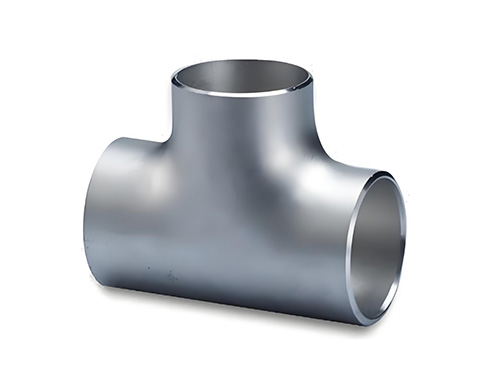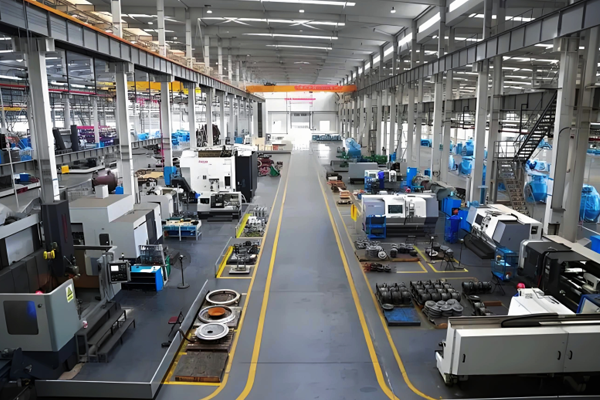
Alloy Tee
Alloy Tee is a T-shaped pipe fitting made of alloy steel, mainly used for separating or merging media in pipeline systems. Its material contains alloy elements such as chromium, molybdenum, nickel, and vanadium to adapt to extreme working conditions such as high temperature, high pressure, and strong corrosion. The following provides a detailed analysis from the aspects of structure, material, and application:
1、 Structure and Basic Function
The structure of the alloy tee is the same as that of a regular tee, forming a "T" shape, including a main pipe (Run) and a branch pipe (Branch). According to the diameter relationship between the branch pipe and the main pipe, they can be divided into:
Equal diameter alloy tee: The main and branch pipes have the same diameter (such as DN100 × DN100), suitable for equal distribution/merging of media;
Reducing Alloy Tee: The diameter of the branch pipe is smaller than that of the main pipe (such as DN150 × DN100), used for connecting pipes of different diameters to achieve flow distribution adjustment.
Its core function is to change the flow direction of the medium in the pipeline, while maintaining structural stability and sealing in extreme environments with the characteristics of alloy material.
2、 Molding process and quality requirements
The forming process of alloy tees needs to match their material characteristics and working conditions, and common processes include:
Hot pressing: Heat the alloy steel pipe blank to high temperature (about 800-1200 ℃ depending on the material), and press the branch pipe through the mold, suitable for medium and low pressure alloy tees, with low cost;
Forging Forming: Using forging technology (free forging or die forging), the material density is higher and the mechanical properties are better, suitable for high-pressure and high-risk systems (such as nuclear power plant pipelines);
Welding Forming: For large-diameter alloy tees (such as DN500 and above), they can be welded and joined by cutting steel plates. The welding process (such as preheating and post weld heat treatment) needs to be strictly controlled to avoid alloy element burning or cracking.
The quality must comply with international standards such as ASME B16.9 and EN 10253, ensuring dimensional tolerances, wall thickness uniformity, and non-destructive testing (such as ultrasonic testing and magnetic particle testing) are qualified.

+86-15533769121

Jango

jango@yuntaopiping.com

Beixiaozhuangzi Industrial Zone, Mengcun Hui Autonomous County
Copyright © 2025-2026 http://www.yuntaopiping.com. All Rights Reserved Yuntao Piping Group.,Ltd.Copyright



